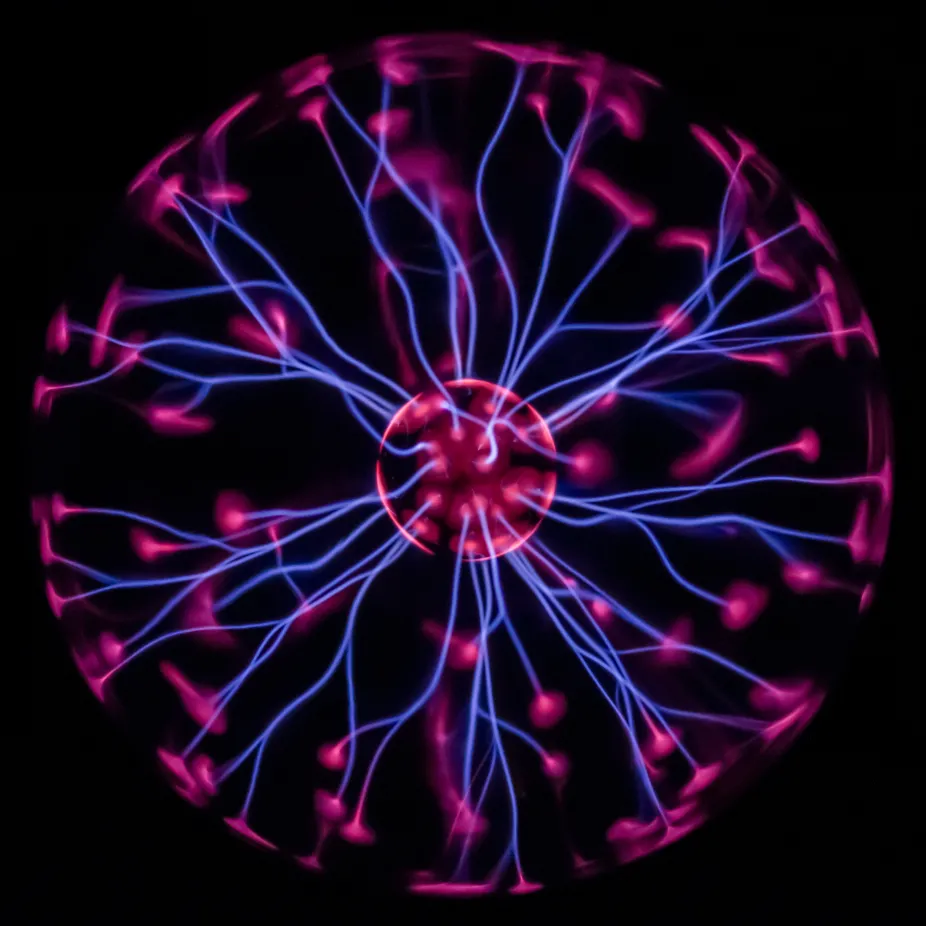A biology research team from the Ruhr University Bochum found that immobilization protects enzymes from plasma-mediated inactivation.
In general, the researchers aimed to use plasmas (charged gas particles that produce reactive species) to drive enzymes using hydrogen peroxide to actually convert substrates into more valuable products. However, enzymes are sensitive to this treatment and are inactivated briefly. This issue was interestingly resolved with enzyme immobilization by attaching tiny beads with porous surfaces to them. Creating a protective zone between the plasma phase at the top (via buffer solution at the enzyme’s top) and the enzyme below (via beads lying at the sample’s bottom), enzymes had varying survival rates through different immobilization methods. Considering this, the discussed study aimed to study the effects of various methods on plasma stability using a larger set of enzymes among which some convert hydrogen peroxide. Additionally, various types of beads were tested. Following immobilization and the subsequent plasma treatment, the research study found that beads with resin surfaces performed the best, forming the strongest covalent bonds with the enzymes that couldn’t be disassociated.

I found it very interesting how immobilization out of all possible options, was effective in making enzymes more productive. Enzymes definitely take the hit when they are treated with different molecules aimed to help increase their productivity. This can also be very detrimental for their longitivtiy. However, this study sheds light on how an unexpected process such as immobilization can help protect enzymes from different treatments and ultimately improve their function in the long run. Overall, your post was very insightful.
ReplyDeleteI am amazed at how scientists are able to overcome challenges they face while trying to study something. This protection of immobilization could possibility lead to making enzymes more efficient and lowering costs of producing substances in the future. It is interesting how resin beads were able to form strong covalent bonds and resulted in the best surface.
ReplyDelete